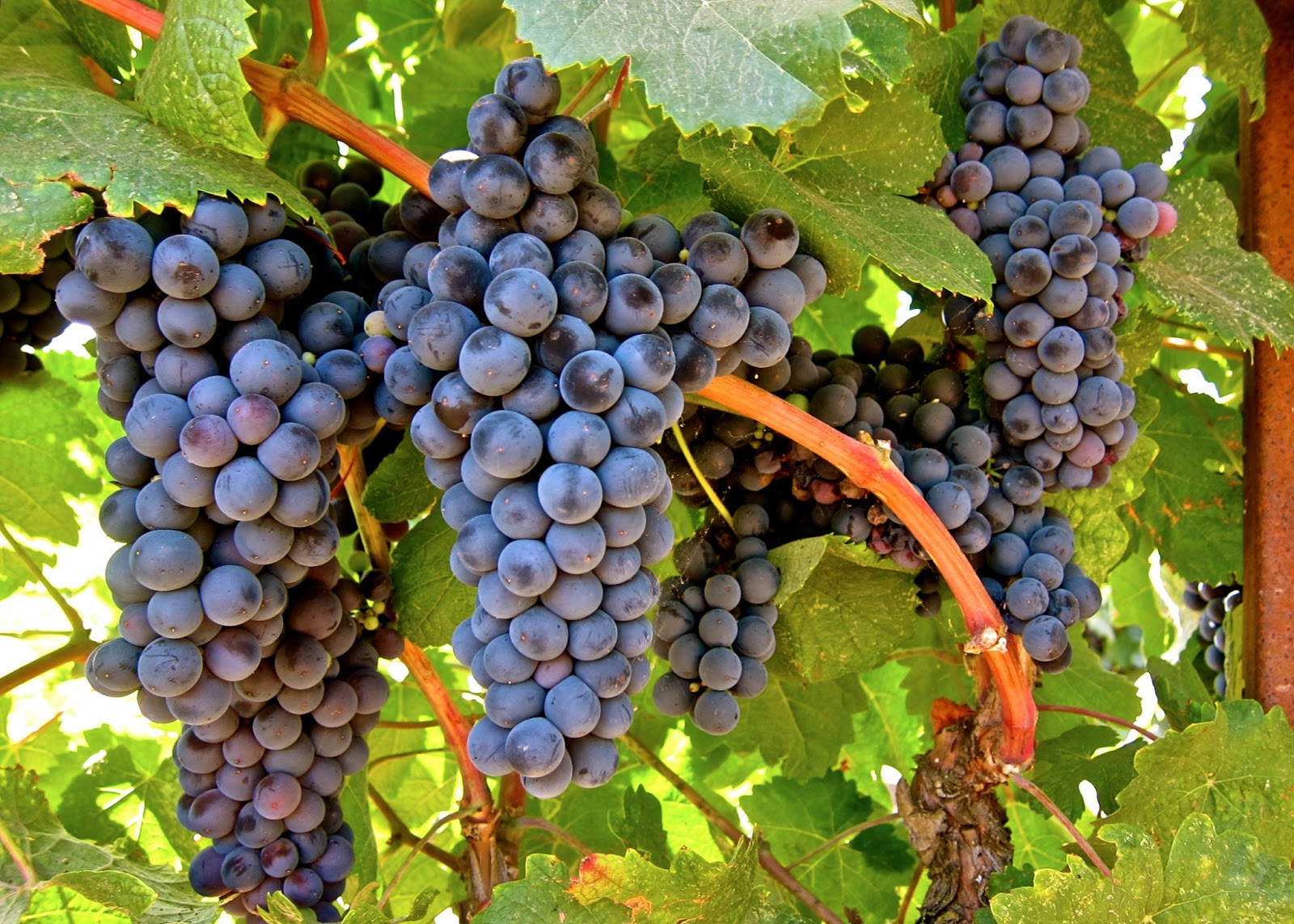The Cycle of the Vine






Spring
When temperatures are warm enough to awaken grapevines from winter dormancy, the energy of a grapevine shifts from the safety of the root system to the top of the plant. Small buds will form along the vine and grow to the point that they “burst”, releasing that year’s foliage and fruiting potential. Shoots, tendrils, and leaves will fervently mature, climbing onto whatever trellising systems that have been put into place. The majority of Texas’ vines encourage vertical shoot positioning, or VSP, which encourages the vine’s shoots and leaves to climb and suspend upwards as a canopy of shade over the grape clusters that will eventually form below.
During the Spring season tiny clusters of flowers will form. Every healthy flower has the potential to become a grape, if pollinated by the wind. At this stage, hail or late Spring frost is a risk since both can damage the delicate flowers. Beating all of the odds, fruit set will happen, and the grapes will slowly swell in size with water until the skin color changes and ripening begins.
Summer
During the ripening season, Texas grapes will deal with intense weather, many with extremes that are not found in the bulk of winegrowing regions of the world. Sugar will build up quickly, and a variety of cooling influences during evenings and nights will help to slow the fall of acidity in the grapes. Every region of Texas will ripen its grapes differently based on the day and nighttime temperature, moderating influences such as wind and elevation, sunlight, soil, water access, and drainage patterns. This will cause a variation in ripeness levels and structural components of a grape.
Autumn
Harvest in Texas will happen between July and October, sometimes spread out over weeks, and in other years, across several months. At this time, best choices are made to ensure the quality of the fruit for that year, but also the sustainable choices that will keep the entire grapevines healthy for the long-term.
Winter
Winter is an important season in the vineyard for recharging nutrients because it is a time of dormancy for the vines. During dormancy, the vines are not actively growing, and this allows the roots to absorb nutrients from the soil. The nutrients that are absorbed by the roots during winter are stored in the vines and used for growth and development in the spring. Winter rains and snow also help to replenish the soil’s nutrients. By recharging nutrients in the winter, vineyards can ensure that the vines have the nutrients they need to produce healthy grapes and wine in the spring and summer.



You must be logged in to post a comment.